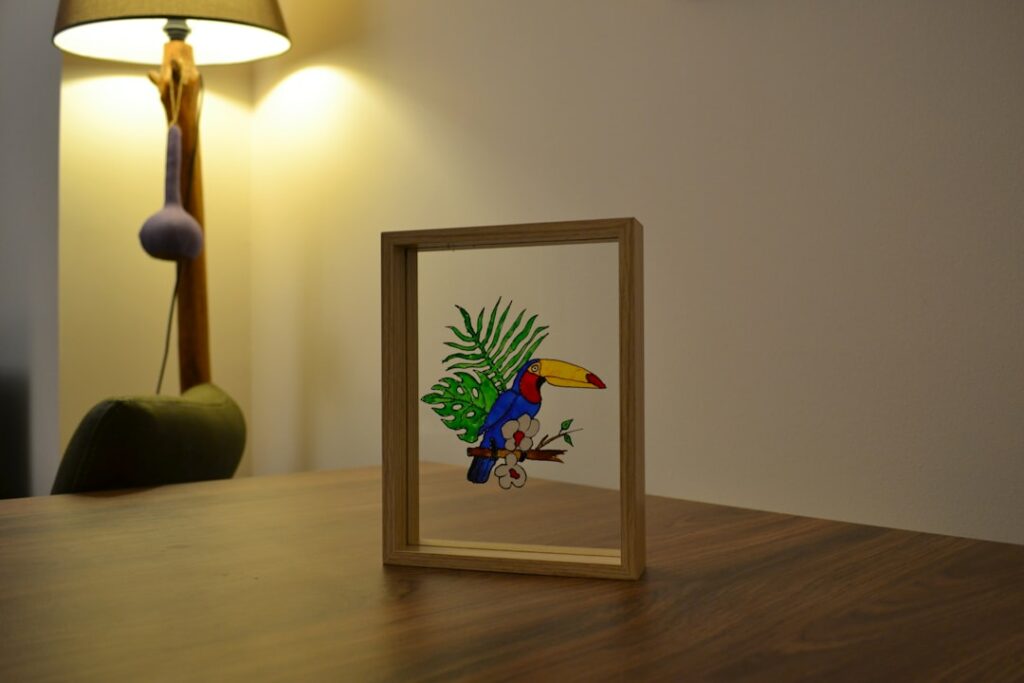The Olive tree’s scientific name is (Olea europaea), which grow in areas of long, warm summers and mild winters.
Olive trees bloom in late spring; small, whitish flowers are borne in loose clusters in the axils of the leaves. Flowers are of two types: perfect, containing both male and female parts, which are capable of developing into the olive fruits; and male, which contain only the pollen-producing parts.
Since ancient times, olives have been treasured for their savoury fruits, which also produce oil valued for cooking and fuel. Before the formation of tasty, jet black fruits, however, olive trees develop flowers, from which olives form. The olive flower is distinct in its appearance, growth requirements and reproductive habits.
Description
Olive tree flowers grow in large clusters on stems arising from the branches. The flowers are small, cream-coloured and very fragrant. Although olive tree flowers may linger for months after first blossoming in April, they may not be obvious features of the tree because they are hidden by the tree’s evergreen leaves.
Pollination
Olive trees contain two types of flowers: perfect and staminate. Staminate flowers contain only the pollen-producing male structures. Because they lack the female structures, staminate flowers are unable to produce fruit. Perfect flowers contain both male and female structures. Perfect flowers can self-pollinate or receive pollen from another flower or tree, and when pollinated, perfect flowers develop into olive fruits. Although bees and other insects do help to pollinate olive flowers, most pollen is carried by the wind, or perfect flowers self-pollinate, transferring pollen from the male structures onto neighbouring female structures.
Fruit
When a perfect olive flower is pollinated, a thin pollen tube extends into the base of the flower and releases sperm. At the base of the flower lies the ovary, containing a single egg cell. Once fertilised, a hard shell forms around the fertilised egg–the seed–and the olive fruit forms around it. Olive flowers produce drupes, fruits containing a single hard seed, similar to peaches.
How to Plant Olive?
Olive trees are primarily grown from cuttings but growing olive trees from pits or seeds is also possible. The pits need to be thoroughly cleaned and processed to break dormancy and facilitate germination. When growing olive trees from pits, keep in mind that the germination rate is frustratingly low, so hedge your bets by planting multiple pits.
The first step in growing olive trees from pits is to gather seeds in the fall once the fruit has ripened, but before they turn black. Don’t gather the olives from the ground but rather harvest the fruit directly from the tree. Use only olives that are unmarred by insect holes or other damage.
Put the olives in a bucket and lightly hammer the flesh to loosen it. Cover the crushed olives with water and soak overnight, stirring the water on occasion. Skim out any floaters, which are likely rotten. Drain the water. Using two scouring pads or the like, rub the olives to remove any residual flesh and then rinse them thoroughly. Carefully, nick the pointed end of the olive pits with a pair of bolt cutters. Don’t break all the way through the hull or the seed will be ruined. Soak them for 24 hours in room temperature water. Now it’s time to sow the olive pits.
Best Time To Plant Olive:
In spring. With winter out of the way and the last frost done and dusted, spring is definitely the best time to plant an olive tree. Depending on the year and the region in question, the best period can range from the start of April to the end of May.
What is Ideal Soil For Olive flower?
Use a well-draining soil mix of half sand and half seed compost in individual 6-inch (15 cm.) containers.
How Much Sun Does Olive Need?
Sow the olive seed to a depth equal to two times their diameter. Put the pots into a shaded cold frame with a germination mat set at 60 degrees F. (16 C.) for about a month. Keep the top 2 inches (5 cm.) of each pot moist while the seed germinates but allow the top ¼ to dry out between waterings to deter fungal and bacterial disease. Increase the germination mat’s temp to 70 degrees F. (21 C.) after the first month of warm stratification and continue to water as before. Seedlings should emerge in this second month. When they do, begin to drop the temperature of the mat by 5 degrees (15 C.) each week until the temp is equal to the exterior temperature. Acclimate the seedling to outdoor conditions gradually over the course of a couple of weeks. Keep them in a lightly shaded area during the hot summer months and then transplant them in mid-autumn when the weather is again cool and moist.
How Much Water Does This Plant Need?
Most garden plants, flowers, and shrubs do best when they receive at least 1 inch of water per week, although they may need more during hot, dry spells. Rain isn’t always sufficient at supplying enough water for plants to thrive, so don’t count on it to keep plants healthy.

